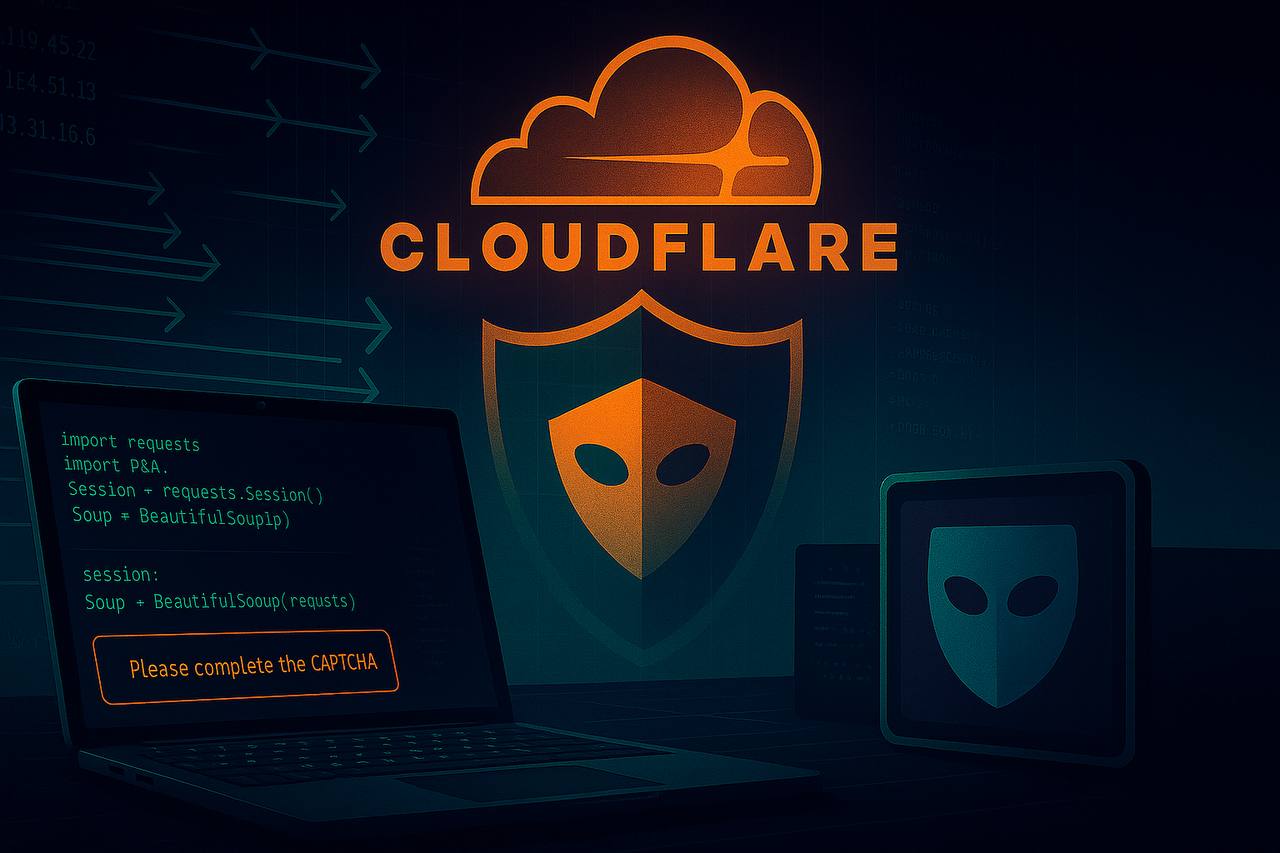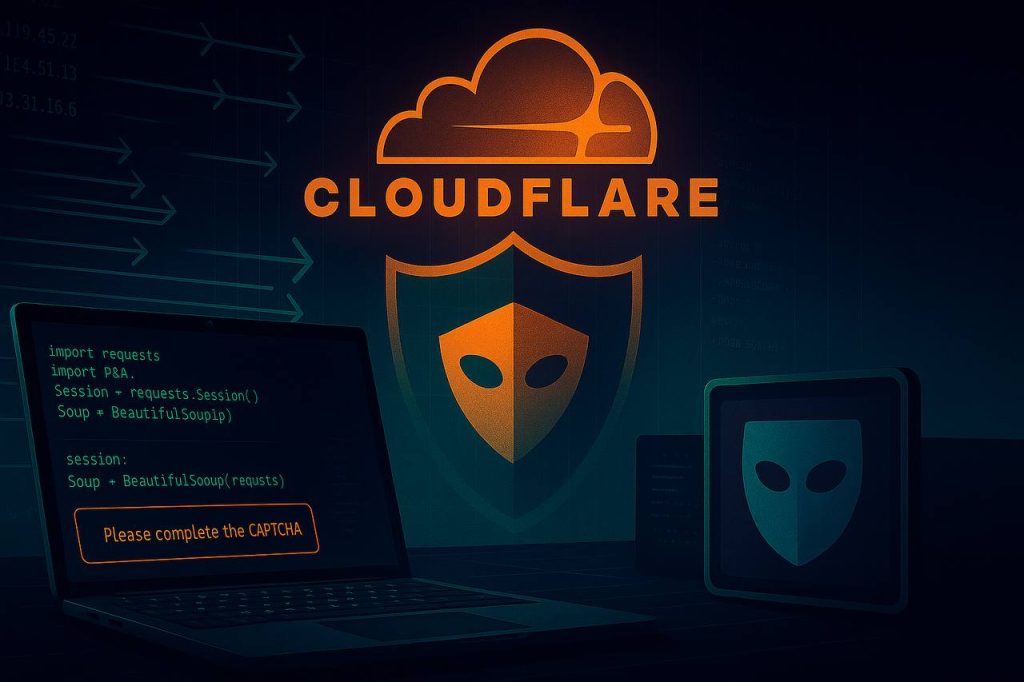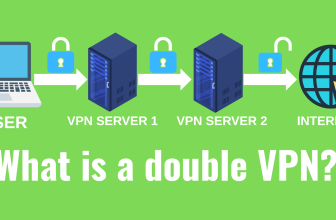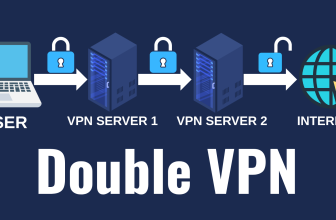
Parsing websites is not just data collection, but a real engineering task, especially if Cloudflare gets in the way. Many developers are familiar with the situation: you launch a script, counting on nightly data collection, and half an hour later Cloudflare puts an end to all plans, returning a captcha or redirect. Why this happens and how to deal with it – we will analyze it step by step.

Why do you need protection from parsing?
Cloudflare is a multifunctional service that ensures website acceleration and security. In addition to CDN and reliable DNS service, it specializes in DDoS attack protection and blocking automatic scanners. To effectively launch projects on VPS, we recommend using the DIEG Finder virtual server selection service diegfinder.com, where you can choose the best VPS by price, technical characteristics and regions.
Most large resources today work through Cloudflare, so any automation, especially without preparation, immediately runs into filters. Sites use such measures for a reason:
- to reduce the load on the server,
- protect data from unauthorized copying,
- preserve user privacy,
- and also ensure compliance with the rules for using the content.
How does Cloudflare know you are a bot?
Protection mechanisms are conventionally divided into passive and active.
Passive methods are the collection of metadata about requests:
- The IP address is checked for presence in suspicious networks;
- HTTP headers are analyzed for anomalies;
- TLS and HTTP/2 fingerprinting allows us to distinguish real browsers from scripts.
Active methods are what the user already feels directly:
- CAPTCHA,
- page behavior analysis,
- collecting browser and environment fingerprints.
Any inaccuracy and the request is marked as suspicious, especially if the system notices a pattern in actions or inconsistencies in behavior.
What most often prevents Cloudflare parsing?
- Access blocking: captchas, redirects and JavaScript challenges prevent bots from getting to the data they need.
- Request rate limiting: without IP rotation, the service will simply ban your address.
- Low-quality proxies: if the IP is already blacklisted, your requests will not even see the target page.
- CAPTCHA solvers: mistakes in solving problems only speed up blocking.
- Erroneous headers: an invalid User-Agent is a sure way to get filtered.
- AJAX content: without JavaScript emulation, the data simply will not load.
What tools help to bypass protection?
Proxy services are the basis. Good IP rotation makes requests less noticeable.
- Residential proxies create the appearance of a real user.
- Data center proxies are faster, cheaper, but also easier to spot.
Automation libraries – Selenium and Puppeteer allow you to emulate user actions in the browser, right down to mouse clicks and page scrolling.
Anti-detect browsers, such as Undetectable , allow you to set up a unique digital fingerprint, disguising your activity as a real user. This is especially effective if you need to bypass fingerprinting
CAPTCHA solvers are not 100% accurate, but they speed up the process significantly.
The ethical side of the issue
Any automation must take into account legal and moral boundaries. Many sites directly prohibit scraping in their Terms of Service. And if you parse data, especially personal data, you need to be sure that you do not violate legislation such as GDPR.
Don’t forget to look into robots.txt and make sure that your parsing does not contradict the resource’s policy. This not only reduces risks, but also speaks of a professional approach.
Conclusion
Parsing websites protected by Cloudflare requires not just technical knowledge, but a thoughtful approach and understanding of how protection works at different levels. Success depends on many factors: proxy quality, browser fingerprint realism, correct HTTP headers configuration, and the ability to imitate the behavior of a real user.
It is important to remember that there is no universal solution: Selenium with residential proxies will work for one resource, while an anti-detect browser and Puppeteer will work for another. The key to effective work is experimentation, monitoring, and constant updating of tools. And, of course, compliance with legal and ethical standards: automation should not turn into abuse.
If you approach the task wisely and with respect for other people’s resources, even the most advanced protection systems can be bypassed correctly and without unnecessary risks.






